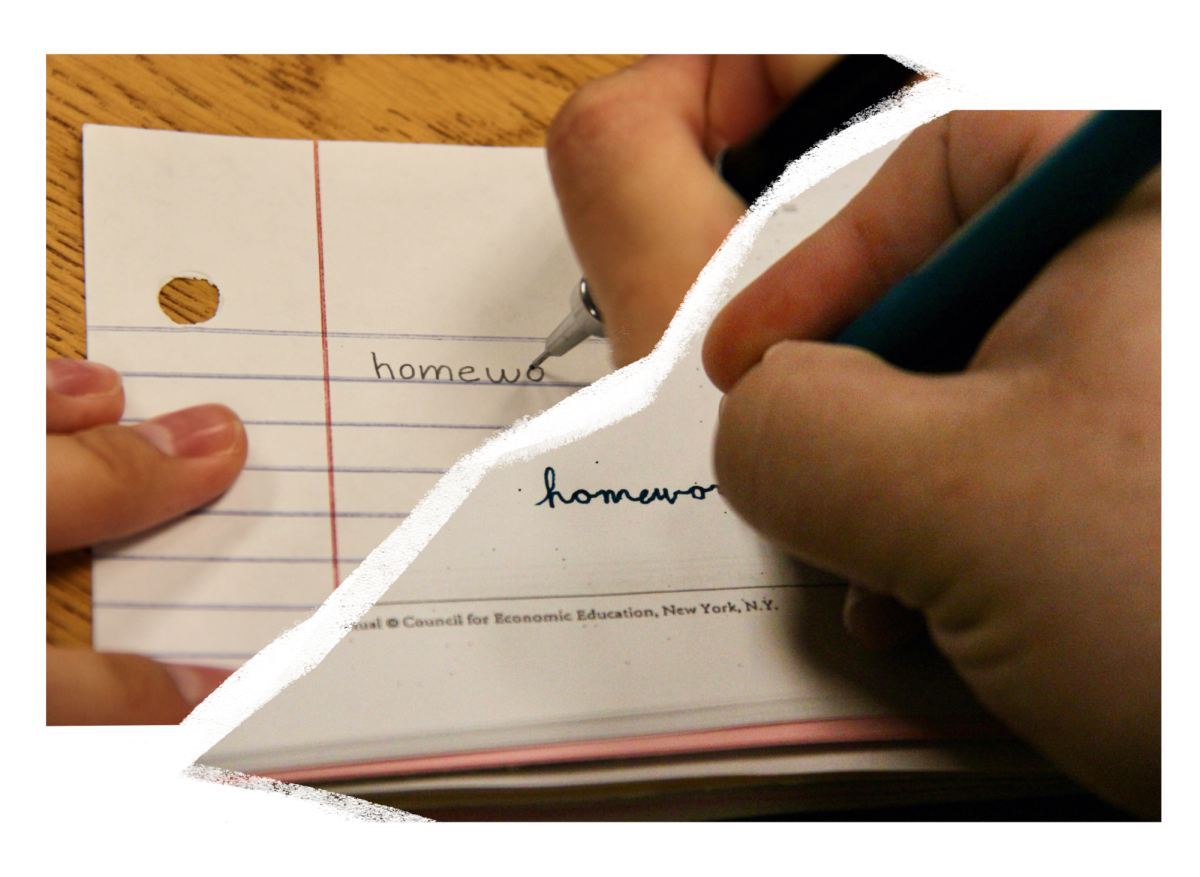For some students, cursive is a lost art. For others, after having learned cursive, they soon forgot the style. Others use cursive handwriting for everyday writing tasks. Despite their various styles of writing, many agree that cursive has both advantages and disadvantages.
Spanish teacher Jennifer Herrera learned cursive in elementary school and writes in the form during school hours and outside of work. She finds cursive quicker to use and believes cursive is beneficial for writing signatures as well.
“I think everyone should be able to write with a signature, which is in cursive,” Herrera said. “If you’re able to communicate, I think that not not being able to use cursive and print is a disadvantage in that you are… there’s a skill that you don’t have.”
Along with Herrera, sophomore Trudy Tan believes that her learning of cursive in second grade at Challenger School taught her a beneficial skill, and it became habitual all the way through high school.
“I was supposed to write precursive, but I thought it was (actually) cursive. So I kind of got forced to learn it. Then we (students) weren’t allowed to write print, so I forgot how to write print,” Tan said.
Similar to Tan, sophomore Suha Rayann enjoys using cursive to complete school assignments daily and to journal weekly, praising it as a graceful skill to learn. She learned cursive through the help of tracing books and watching her parents write.
“It just makes everything look better… It just shows your artistic side more,” Rayann said.
Herrera believes students should learn cursive to be able to write signatures and have two different writing skills, but ultimately, she thinks students should choose to use the handwriting that is more comfortable for them.
“For me, cursive is most efficient because I write with cursive a lot faster because it’s all connected so it flows. Versus to me, print, you’re just taking more time to print each letter,” Herrera said.
Freshman Long Tran prefers writing in cursive rather than print. He believes the practice is more stylistic and faster.
“I feel like cursive is a lot more artistic, so you have a lot more character and personality in your handwriting,” Tran said. “I just prefer smooth gliding things.”
Despite the effectiveness for some, Tan finds copying and translating print words into cursive to be difficult.
“If you’re trying to copy a really long word, you don’t have to write three letters – look up and look back down and just keep doing that,” Tan said.
Despite Bruins’ writing preferences, most believe that using cursive can be beneficial while writing.
“Everybody needs to be able to write in some way, and for some kids, that’s going to be easier to do in print than cursive, or easier to develop that writing skill,” Herrera said. “But I think that it is more advantageous for kids to have both skills.”


